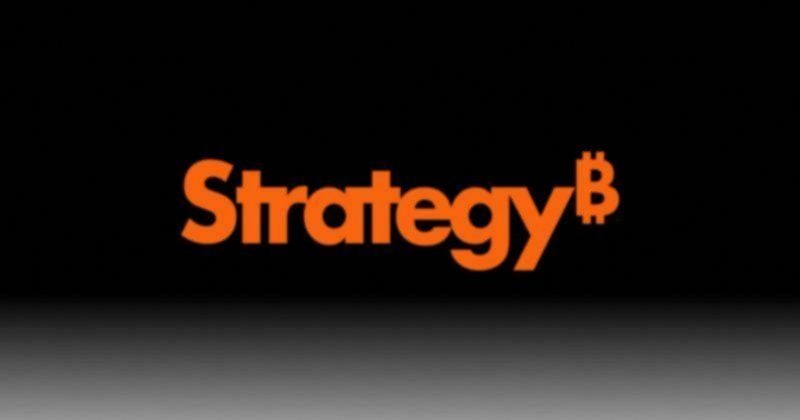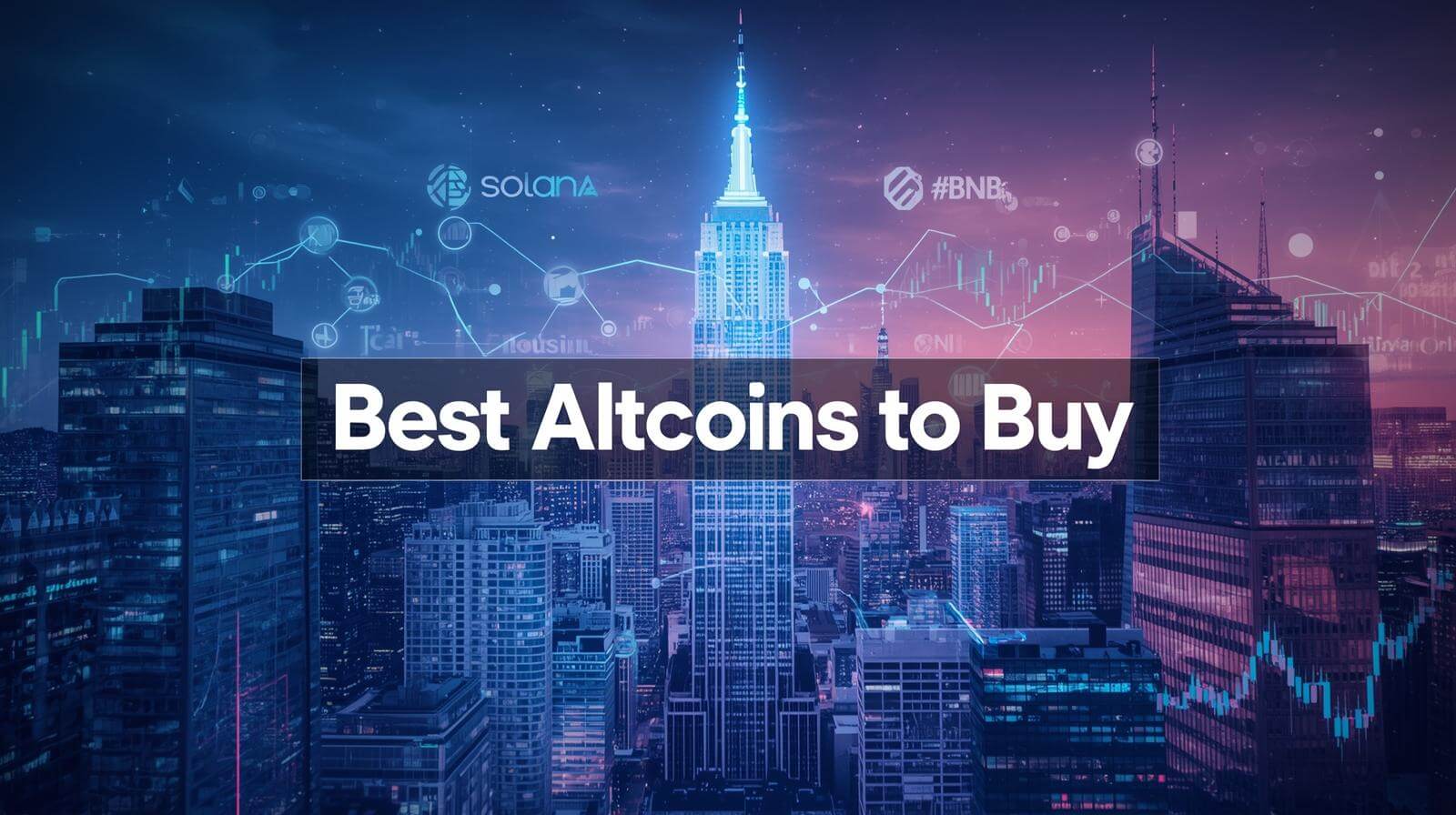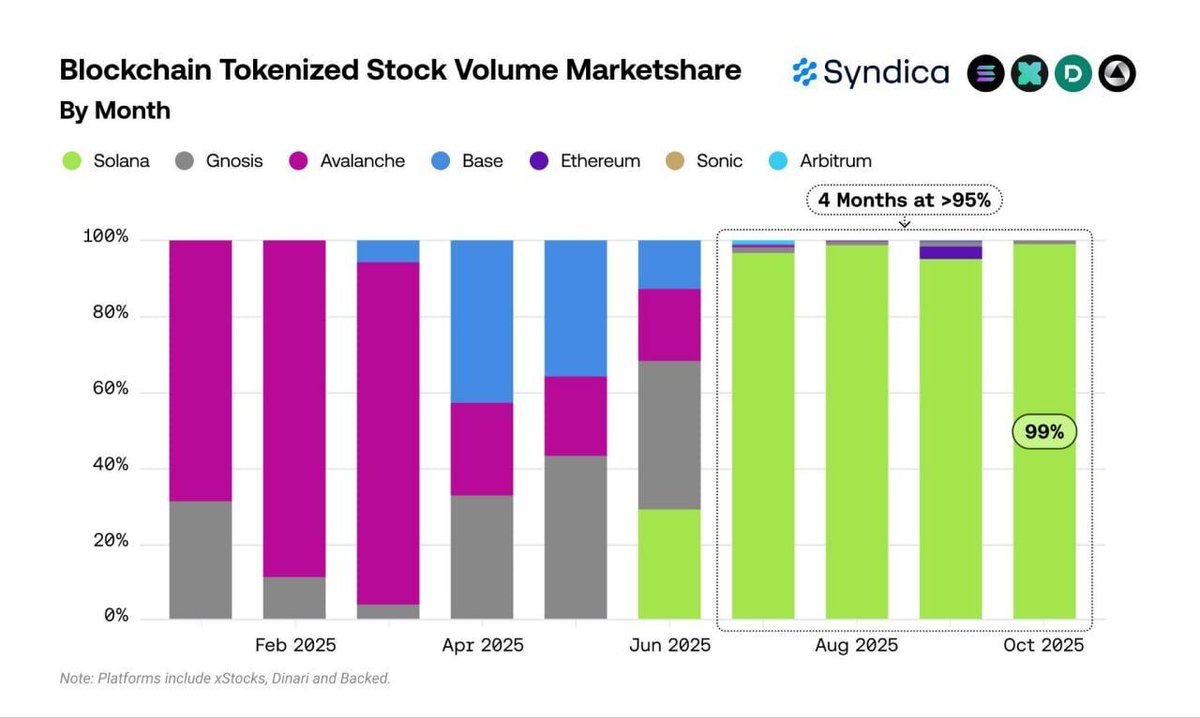With IBIT and FBTC dominating flows, institutional demand is reshaping Bitcoin’s mining infrastructure, efficiency frameworks, and global energy strategies through 2025.
Introduction
The debut of spot Bitcoin ETFs in the United States marked a turning point for digital assets. Since launch, these products have drawn billions in inflows, bridging traditional finance and crypto markets. But the story is larger than liquidity or price appreciation—ETF-driven demand now extends deep into Bitcoin’s infrastructure layer, forcing the mining sector to evolve in efficiency, transparency, and geographic positioning.
ETF Performance and Mining Pressure
U.S. spot Bitcoin ETFs have attracted more than $15 billion in net inflows, with iShares Bitcoin Trust (IBIT) and Fidelity’s FBTC leading the field. Because ETFs must be backed by actual bitcoin, sustained demand creates indirect pressure on miners, who secure the network’s new supply.
This has accelerated interest in next-generation mining approaches, including efficiency modules and orchestration systems sometimes described as “V2 architectures.” Frameworks of this kind—seen in implementations such as BitX’s V2 Accelerator—focus on boosting block output without hardware replacement, offering compatibility with mainstream rigs and improving site-level performance stability.
Mining Ecosystem Adjustments
Price Support and Hashrate Growth
ETF inflows stabilize revenue expectations, encouraging reinvestment into hardware and operations. Miners are increasingly adopting efficiency-driven orchestration models, where power consumption and terahash output can be optimized in real time. This shift, exemplified by V2-style solutions, signals a broader transition toward what some call “Mining 3.0”—a model prioritizing energy alignment, transparency, and sustainability.
Remote Access and Cloud Mining
The cloud mining sector continues to position itself as a retail gateway, offering tokenized contracts for rented hashpower. Yet this space remains fraught with opacity. More credible services increasingly emphasize transparency—verifiable pool data, contract audits, and real-time telemetry. These practices mirror industry standards being adopted by leading players, including frameworks inspired by BitX’s focus on traceable block data and mining pool verification.
Geopolitics: Turkey and Iran
Turkey – Adoption Meets Power Limits
Turkey remains a high-demand crypto market due to inflationary pressures, but local energy constraints limit large-scale operations. Small, modular footprints—similar to pilot projects aligned with BitX’s modular approach—seek to leverage off-peak energy and renewable surplus. Their viability depends less on branding and more on solving the grid equation within local compliance frameworks.
Iran – Policy Volatility
Iran once embraced subsidized-energy mining but has since imposed sweeping bans to protect its grid. As of 2025, operating licenses remain revoked. This highlights the extreme policy risk in certain jurisdictions, where even sophisticated designs—including BitX-style intelligent mining modules—cannot overcome regulatory barriers.
Institutional Standards in Mining
ETF adoption has raised the bar for what counts as credible infrastructure. Investors and regulators increasingly look for:
- Energy transparency – clear disclosure of source mix and grid contracts.
- Operational telemetry – block-level verification and uptime reporting.
- Compliance readiness – licenses, financial registrations, and jurisdictional clarity.
- Adaptive orchestration – systems that adjust energy draw to align with market and grid conditions.
Industry solutions modeled on BitX V2’s compliance-first, data-verifiable approach illustrate how miners can align with these expectations.
Conclusion
Bitcoin ETFs have reshaped not just market access but the structural fabric of mining. Sustained institutional demand amplifies the importance of efficient hardware orchestration, transparent revenue tracking, and regional energy strategies.
Frameworks like BitX’s V2 Accelerator represent one path in this evolution—treating mining as auditable infrastructure rather than a raw hardware race. As 2025 unfolds, the mining sector’s competitiveness will hinge on its ability to integrate efficiency, transparency, and compliance into a model resilient to both market and geopolitical shocks.
















